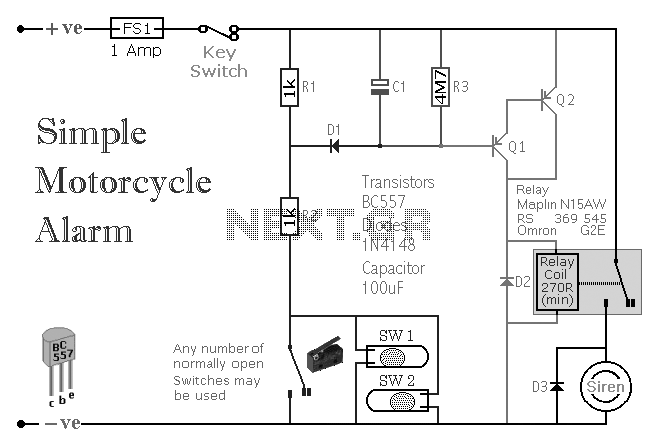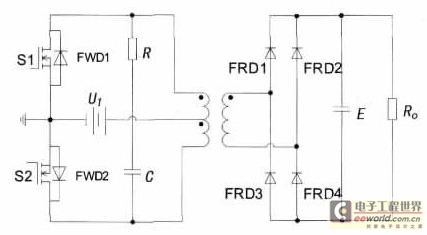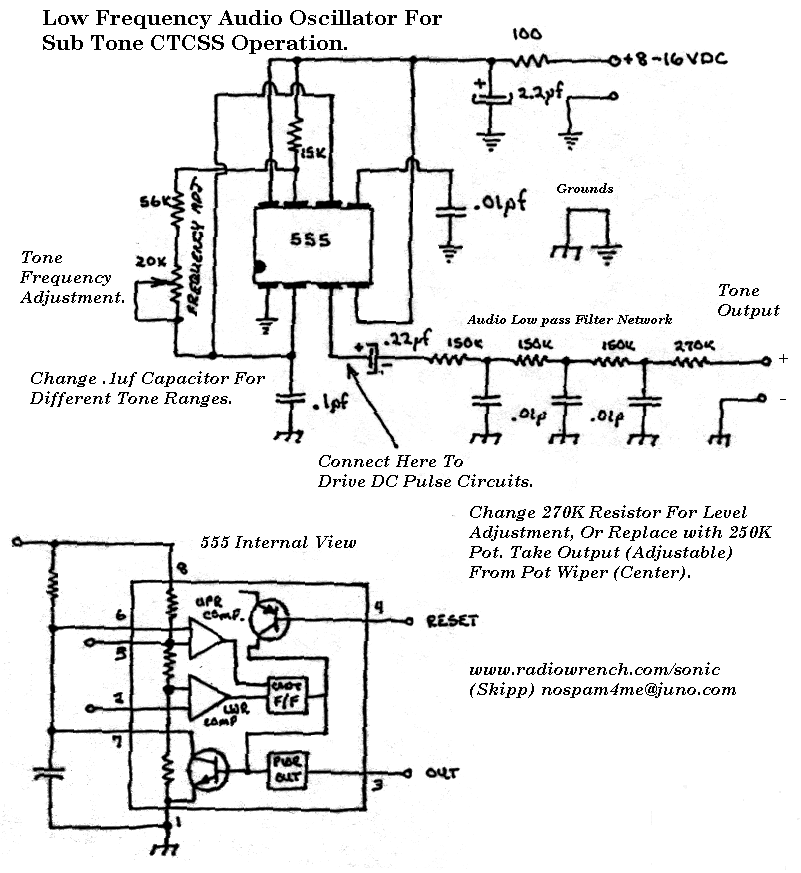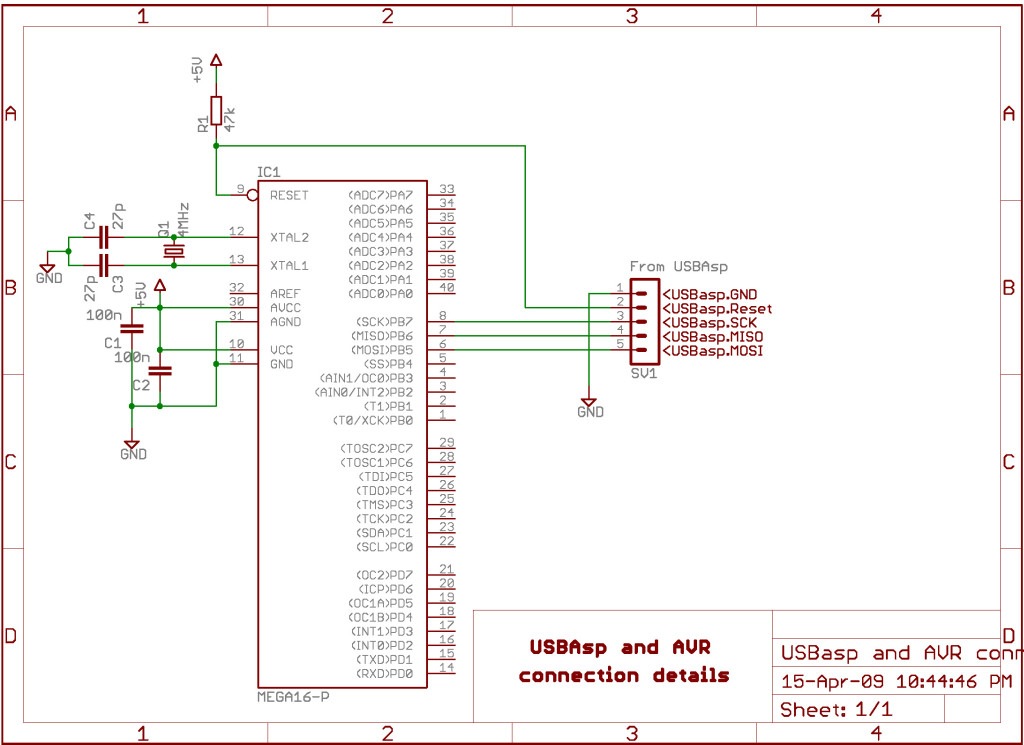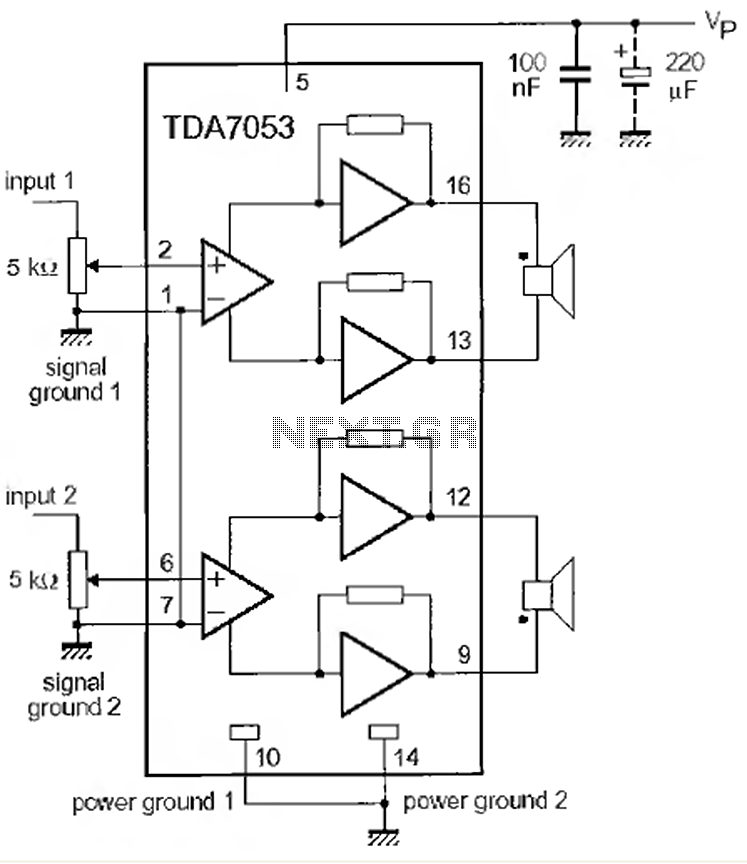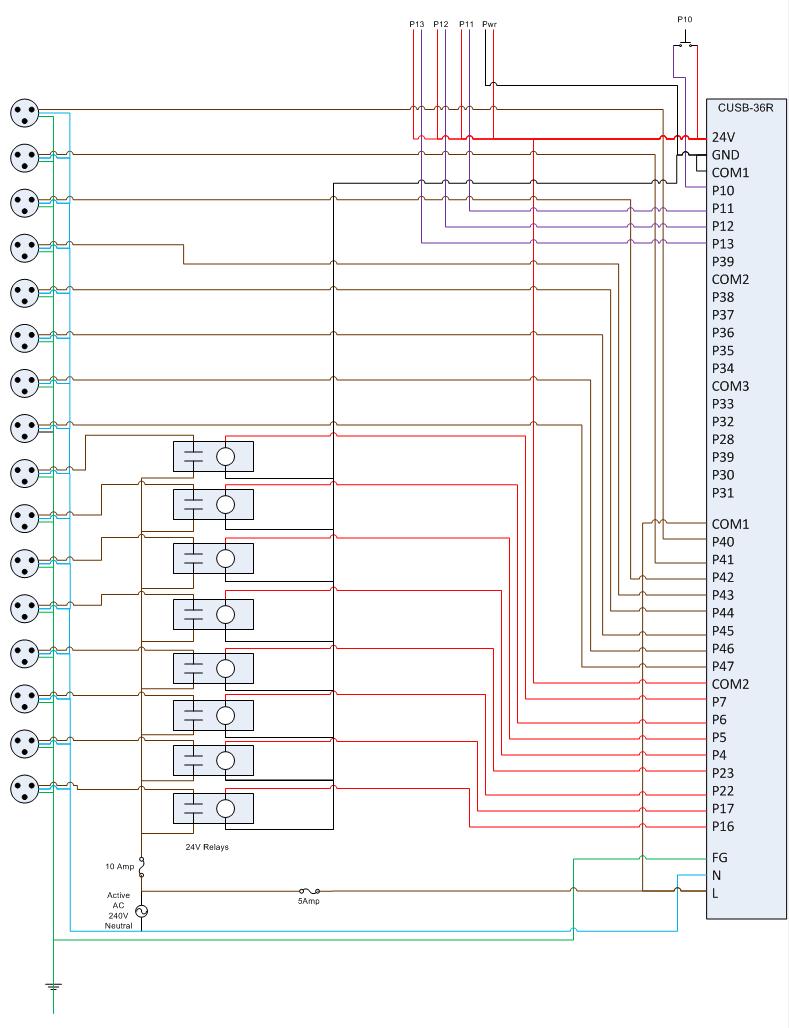
usb audio interface based dac pcm2902
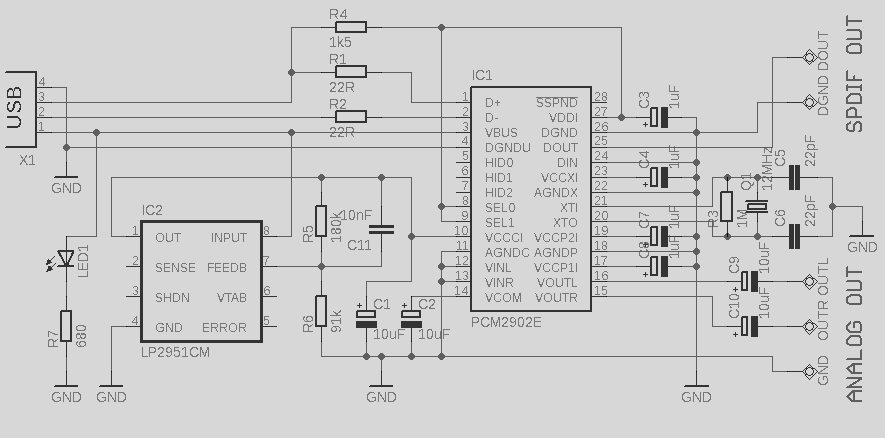
This circuit is a quality preamplifier with a built-in USB DAC designed for the Leachamp power amplifier. The schematic is based on the PCM2902 datasheet. The circuit includes a DAC and ADC, SPDIF input and output, and features three buttons along with MUTE, VOL-, and VOL+. To ensure high-quality playback, an external low-drop voltage stabilizer is required for the DAC. The LP2951CM DAC is utilized, which is readily available in local stores. The output voltage is fixed at approximately 3.7 V using two resistors. The circuit board is designed with careful consideration of land placement and the separation of digital and analog grounds. These grounds are connected at a single point in the USB connector. The PCM2902 datasheet recommends connecting a low-pass filter (LPF) to the DAC output to filter out high frequencies above the audio band produced by oversampling conversion. The digital integrated circuits include an LPF with a frequency cutoff above 100 kHz. The manufacturer's notes suggest using either a first-order LPF (simple RC) or a second-order LPF with amplifiers functioning as a preamp. A simple RC LPF is implemented with recommended resistor and capacitor values of 1 kΩ and 4.7 nF respectively. It is advisable to use a scroll-type ceramic capacitor. While no discernible difference in sound quality was noted between using the filter or not, it is recommended to use it in conjunction with other components in the audio chain. The maximum cutoff frequency can be adjusted by changing the capacitor value to 3.3 nF.
The circuit operates as a high-fidelity preamplifier, integrating a USB DAC to facilitate digital audio playback. The PCM2902 serves as the core component, handling both digital-to-analog conversion and analog-to-digital conversion, making it versatile for audio applications. The SPDIF input and output enable seamless integration with various digital audio sources and destinations.
The power supply for the DAC is critical; thus, the choice of the LP2951CM low-dropout regulator ensures stable voltage levels, minimizing noise and ripple that could affect audio quality. The design employs a fixed output voltage of 3.7 V, achieved through a resistor divider network, which stabilizes the power supply for the DAC.
The circuit board layout is meticulously designed to maintain the integrity of both digital and analog signals. The separation of grounds is essential to prevent digital noise from interfering with the analog audio path. The single-point connection at the USB connector helps to minimize ground loops and potential interference.
The incorporation of a low-pass filter at the DAC output is a standard practice in audio circuit design. By attenuating frequencies above the audio band, the filter helps to eliminate unwanted artifacts from the oversampling process, ensuring cleaner audio playback. The choice of a simple RC filter with a resistor value of 1 kΩ and a capacitor value of 4.7 nF strikes a balance between simplicity and effectiveness. The recommendation for a ceramic capacitor further enhances performance due to its low equivalent series resistance (ESR) and stability.
Adjusting the cutoff frequency by varying the capacitor value to 3.3 nF allows for fine-tuning of the filter's response, catering to specific audio requirements or preferences. Overall, this circuit design exemplifies a thoughtful approach to high-quality audio amplification and playback, ensuring compatibility with contemporary digital audio sources while maintaining fidelity throughout the signal chain.This is the circuit quality preamplifier with built-in USB DAC for my Leachamp power amplifier. Scheme is PCM2902 datasheet. Circuit includes DAC and ADC, SPDIF input and output of HID and with 3 buttons + MUTE, VOL-and VOL. For playback of high quality needed for external low-drop voltage stabilizer for the DAC. LP2951CM DAC is used, which was re adily available in local stores. Output voltage is fixed at about 3. 7 V with two resistors. Circuit board is designed with regard to the placement of good land, and the separation of digital and analog ground. These earth are connected in a single point in a USB connector. The PCM2902 data sheet is recommended to connect a low pass filter the DAC output to filter high frequencies above audioband produced by the conversion of oversampling.
Digital integrated circuits that includes LPF filter frequency above 100 kHz. In the Notes application filter on the pages of the manufacturer recommends first-order LPF (simple RC) or 2 nd order with amplifiers operating as a preamp that works well. I simple RC LPF with the recommended values R and C 1k 4N7. It is best to use the scroll-type ceramic capacitor in place. I did not hear the difference in sound between the connection filter or not, but with respect to other components in an audio chain is best used.
For maximum cutoff frequency that can change the capacitor value of 3n3 🔗 External reference
The circuit operates as a high-fidelity preamplifier, integrating a USB DAC to facilitate digital audio playback. The PCM2902 serves as the core component, handling both digital-to-analog conversion and analog-to-digital conversion, making it versatile for audio applications. The SPDIF input and output enable seamless integration with various digital audio sources and destinations.
The power supply for the DAC is critical; thus, the choice of the LP2951CM low-dropout regulator ensures stable voltage levels, minimizing noise and ripple that could affect audio quality. The design employs a fixed output voltage of 3.7 V, achieved through a resistor divider network, which stabilizes the power supply for the DAC.
The circuit board layout is meticulously designed to maintain the integrity of both digital and analog signals. The separation of grounds is essential to prevent digital noise from interfering with the analog audio path. The single-point connection at the USB connector helps to minimize ground loops and potential interference.
The incorporation of a low-pass filter at the DAC output is a standard practice in audio circuit design. By attenuating frequencies above the audio band, the filter helps to eliminate unwanted artifacts from the oversampling process, ensuring cleaner audio playback. The choice of a simple RC filter with a resistor value of 1 kΩ and a capacitor value of 4.7 nF strikes a balance between simplicity and effectiveness. The recommendation for a ceramic capacitor further enhances performance due to its low equivalent series resistance (ESR) and stability.
Adjusting the cutoff frequency by varying the capacitor value to 3.3 nF allows for fine-tuning of the filter's response, catering to specific audio requirements or preferences. Overall, this circuit design exemplifies a thoughtful approach to high-quality audio amplification and playback, ensuring compatibility with contemporary digital audio sources while maintaining fidelity throughout the signal chain.This is the circuit quality preamplifier with built-in USB DAC for my Leachamp power amplifier. Scheme is PCM2902 datasheet. Circuit includes DAC and ADC, SPDIF input and output of HID and with 3 buttons + MUTE, VOL-and VOL. For playback of high quality needed for external low-drop voltage stabilizer for the DAC. LP2951CM DAC is used, which was re adily available in local stores. Output voltage is fixed at about 3. 7 V with two resistors. Circuit board is designed with regard to the placement of good land, and the separation of digital and analog ground. These earth are connected in a single point in a USB connector. The PCM2902 data sheet is recommended to connect a low pass filter the DAC output to filter high frequencies above audioband produced by the conversion of oversampling.
Digital integrated circuits that includes LPF filter frequency above 100 kHz. In the Notes application filter on the pages of the manufacturer recommends first-order LPF (simple RC) or 2 nd order with amplifiers operating as a preamp that works well. I simple RC LPF with the recommended values R and C 1k 4N7. It is best to use the scroll-type ceramic capacitor in place. I did not hear the difference in sound between the connection filter or not, but with respect to other components in an audio chain is best used.
For maximum cutoff frequency that can change the capacitor value of 3n3 🔗 External reference
